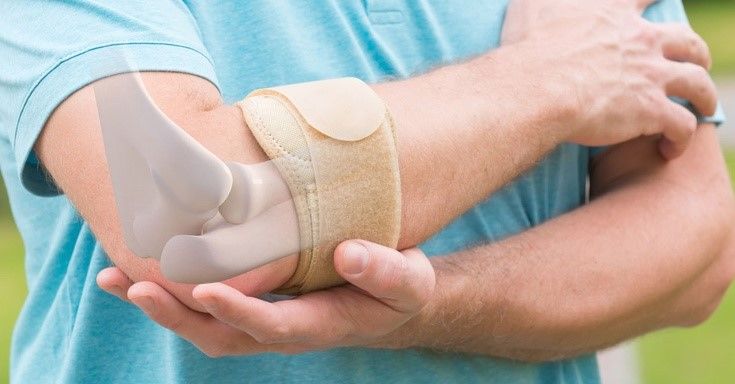Health
The best treatment for elbow injuries and pain

Introduction
Elbow injuries, such as elbow sprains, are often suffered when excessive force is applied to the joint, resulting in rips or strains in the joint’s ligaments. An elbow fracture may also impair your ability to work, do home tasks, or engage in leisure activities due to the pain and swelling. The elbow physiotherapy attempts to restore joint mobility and strength, as well as your range of motion, so that you may return to your previous level of activity or a group of activities that is close to your prior level of activity. Athletes and non-athletes alike may be familiar with conditions such as tennis elbow and golfer’s elbow, both of which begin as mild repetitive pain injuries but can worsen over time to cause severe burning sensations and a loss of grip strength. Tennis elbow and golfer’s elbow are two examples of such conditions. The use of nonsurgical alternatives such as physiotherapy to aid with pain management and rehabilitation may benefitmost cases.
When it comes to treating pain and dysfunction around the elbow joint, physiotherapy plays an essential role. Functional understanding of the problematic 3-joint elbow complex and knowledge of the related anatomy isnecessary for physiotherapists. In addition, they may apply this information to the different structures surrounding the elbow and structures that are farther away from the elbow, which might contribute to a person’s symptoms.

Symptoms of an Elbow Fracture
The following are some of the most common symptoms of a fractured elbow
- Inflammation of the elbow, upper arm, and forearm
- Swelling in the area around the elbow
- Rubbing or discoloration on the inside of the elbow
- Loss of motion in the forearm or around the elbow
- Near the elbow or arm, there is a deformity (such as a bulge or hump).
If you believe you may have suffered an elbow fracture, you should seek medical treatment as soon as possible. Elbow joint is formed when the distal humerus joins the proximal radius and ulna bones in the forearm. The trochleogingylomoid joint is so named because it can flex and stretch like a hinge (ginglymoid joint) and pivot around an axis (trochoid motion), which are both known as pronation and supination in the human body. It is a joint that is highly congruent and stable. It is more prone to stiffness than instability after severe damage due to the structure’s intricacy.
Conclusion
Accidental injuries usually occur as a result of a blunt force blow to the forearm, which may result in fractures of the radial head, distal humerus (the bottom portion of the upper arm bone), or olecranon (the ball of the elbow joint), as well as complex fractures and dislocations.A fracture with dislocation is complicated to treat since it causes long-term pain and stiffness.



